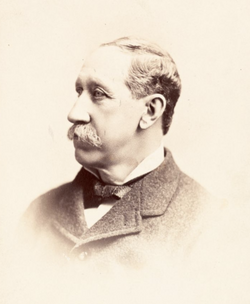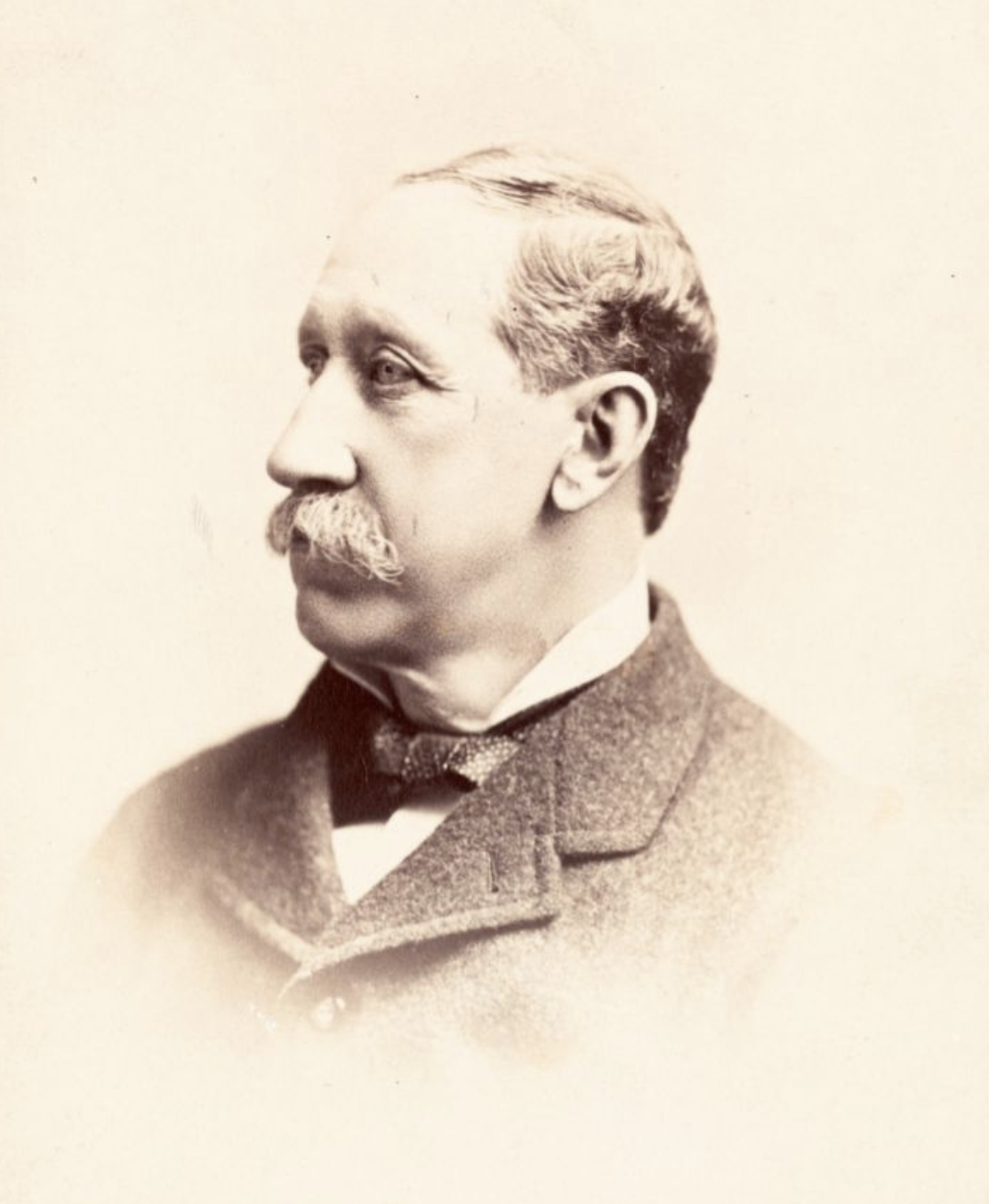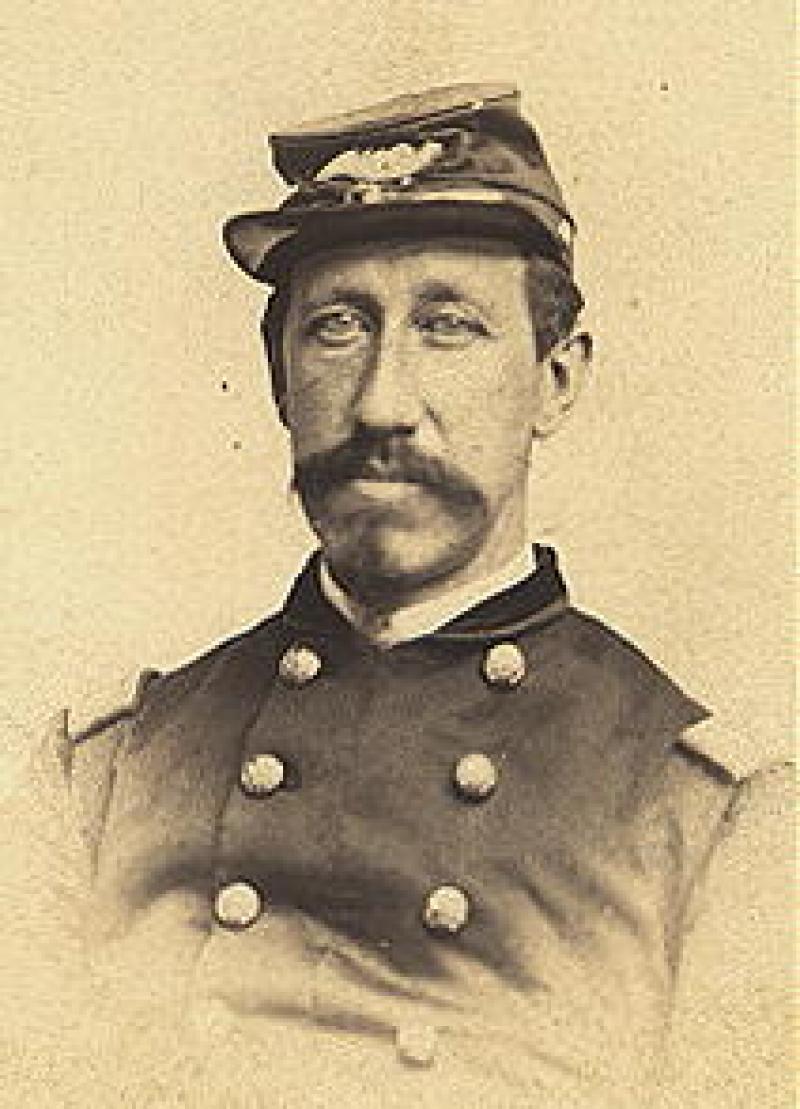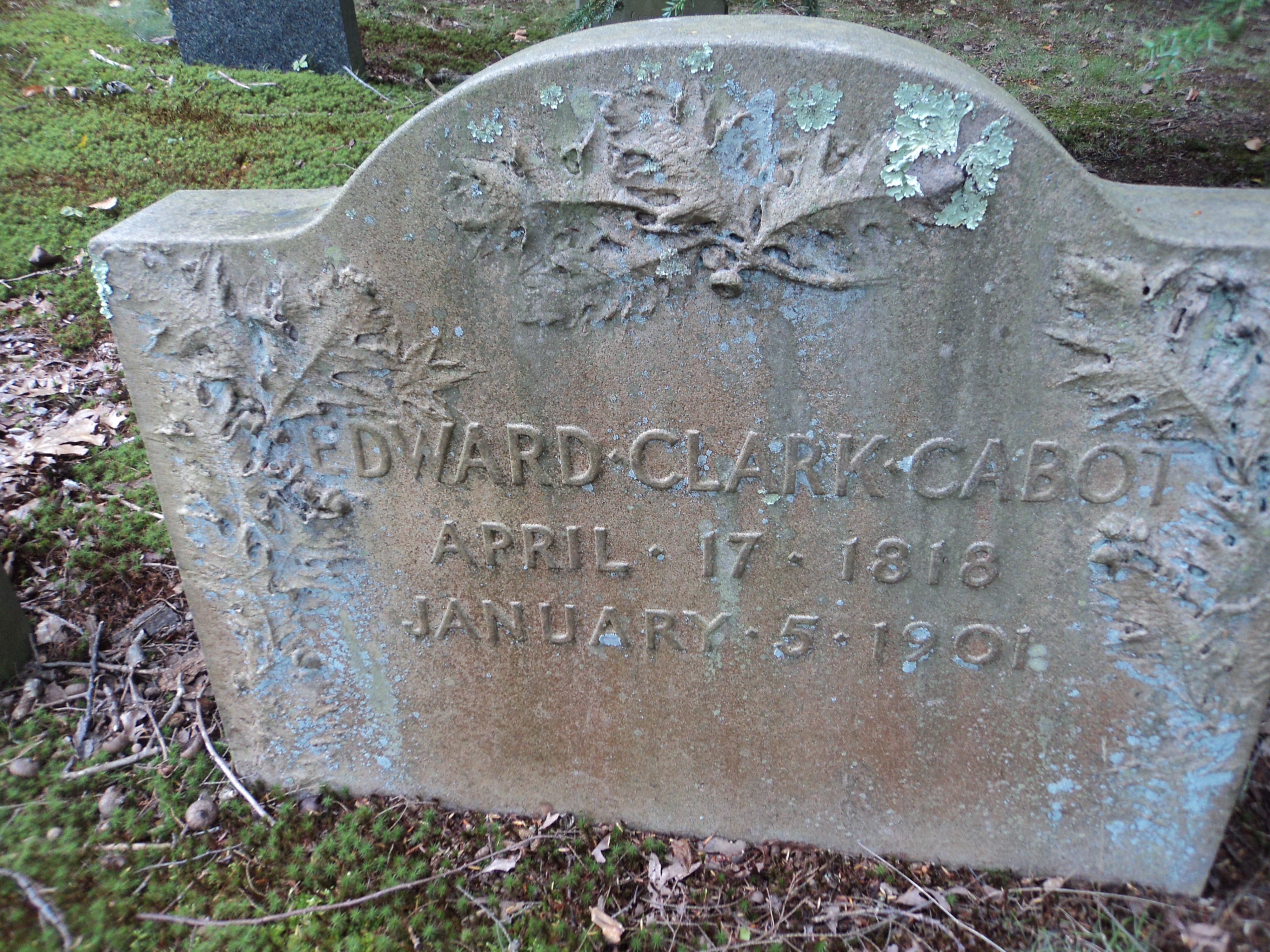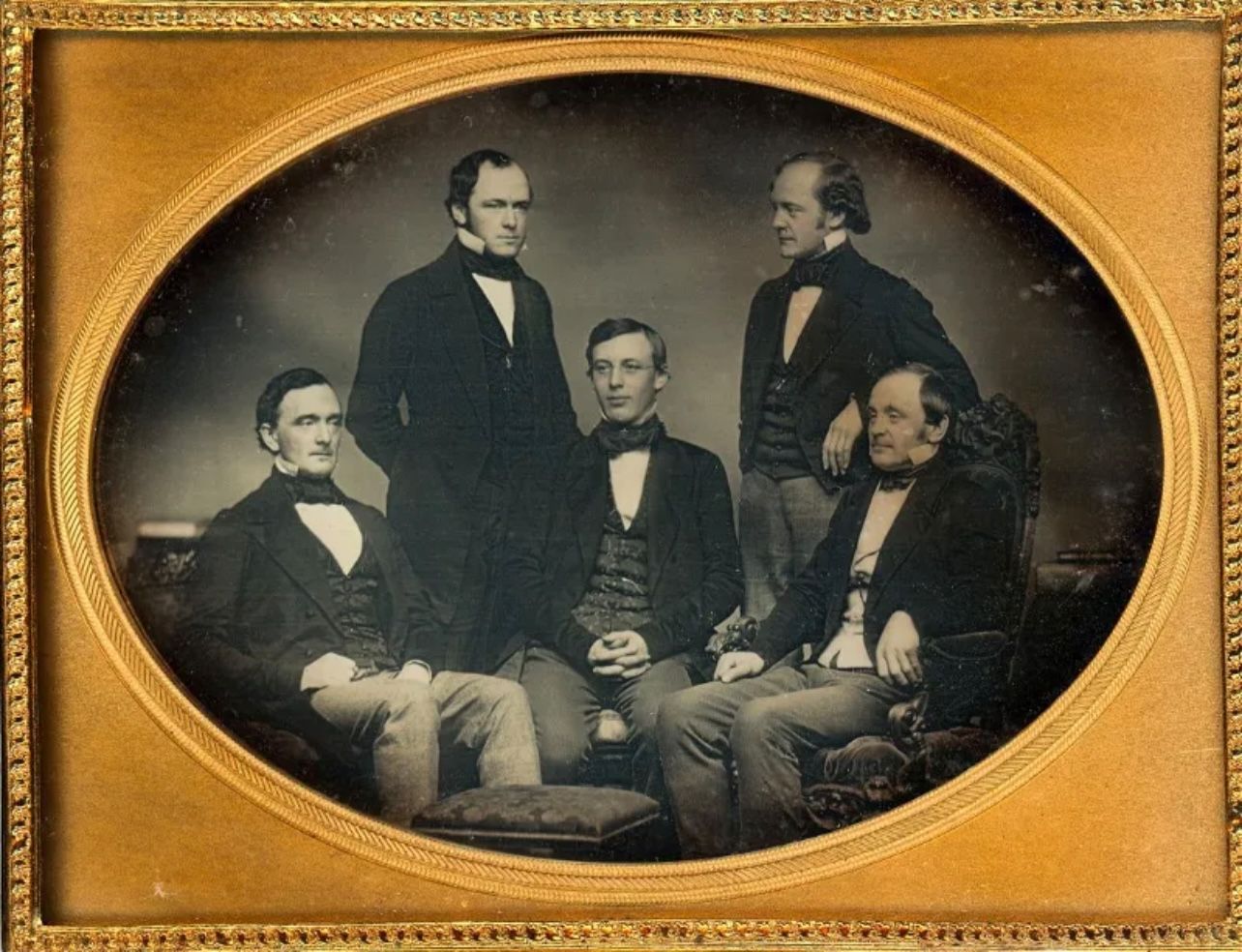OCCUPATION: Architect
In frail health as a young man, at the age of seventeen he went to Illinois where he engaged in sheep raising. He returned east in 1841 and, for more than four years, had a sheep farm at Windsor, Vermont. He served for several months as a lieutenant-colonial of the 44th Massachusetts Infantry during the Civil War.
In 1845, Cabot submitted an Italian Renaissance design for the Boston Athenaeum. It was accepted with the proviso that he associate himself with George M. Dexter, a civil engineer, to supervise the construction, which was completed in 1849. From 1849 to 1858, he was associated with his brother, James Elliot Cabot, with whom (and Jonathan Preston) he designed the 3000-seat Boston Theater on Washington Street in 1854. He was again associated with his brother from 1862 to 1865.
In 1875, he joined in partnership with Francis Ward Chandler. In his Houses of Boston’s Back Bay, Bainbridge Bunting describes Cabot and Chandler as “the Back Bay’s most competent designers in the Queen Anne tradition.” In 1888, Chandler became head of the MIT School of Architecture. Two members of the firm, Arthur Greene Everett and Samuel W. Mead, became partners and the firm became Cabot, Everett, and Mead. Cabot retired the same year, but the firm remained Cabot, Everett, and Mead until his death in 1901, when it became Everett and Mead.
Walter Kilham (in Boston After Bulfinch) indicates that Cabot and Chandler and Cabot, Everett, and Mead built “numerous country houses in the rambling and picturesque style of the period.” In addition, the latter firm’s work included the hospital of Johns Hopkins University (1889) in Baltimore and Arlington Public Library (1892).
(Information from Backbayhouses.org)
Cabot was also a fine artist:
The Athenæum holds a significant collection of his watercolors, drawings, and prints that documents a prolific artistic career that began long before his retirement from the architectural profession in 1888. Although few of Cabot’s pieces rise to the level of masterworks, they nonetheless provide an important historic record of artistic trends in nineteenth-century America. He was a member of the Boston Art Club and the Boston Watercolor Society and exhibited his drawings and watercolors at a number of venues throughout the city, including, briefly, at the Boston Athenæum. The grandson of the Athenæum’s greatest benefactor, Thomas Handasyd Perkins, Cabot served as a Trustee of the Athenæum from 1857 to 1875 and was an influential member of the Athenæum’s Fine Arts Committee.
(Bostonathenaeum.org)
OCCUPATION: Architect
In frail health as a young man, at the age of seventeen he went to Illinois where he engaged in sheep raising. He returned east in 1841 and, for more than four years, had a sheep farm at Windsor, Vermont. He served for several months as a lieutenant-colonial of the 44th Massachusetts Infantry during the Civil War.
In 1845, Cabot submitted an Italian Renaissance design for the Boston Athenaeum. It was accepted with the proviso that he associate himself with George M. Dexter, a civil engineer, to supervise the construction, which was completed in 1849. From 1849 to 1858, he was associated with his brother, James Elliot Cabot, with whom (and Jonathan Preston) he designed the 3000-seat Boston Theater on Washington Street in 1854. He was again associated with his brother from 1862 to 1865.
In 1875, he joined in partnership with Francis Ward Chandler. In his Houses of Boston’s Back Bay, Bainbridge Bunting describes Cabot and Chandler as “the Back Bay’s most competent designers in the Queen Anne tradition.” In 1888, Chandler became head of the MIT School of Architecture. Two members of the firm, Arthur Greene Everett and Samuel W. Mead, became partners and the firm became Cabot, Everett, and Mead. Cabot retired the same year, but the firm remained Cabot, Everett, and Mead until his death in 1901, when it became Everett and Mead.
Walter Kilham (in Boston After Bulfinch) indicates that Cabot and Chandler and Cabot, Everett, and Mead built “numerous country houses in the rambling and picturesque style of the period.” In addition, the latter firm’s work included the hospital of Johns Hopkins University (1889) in Baltimore and Arlington Public Library (1892).
(Information from Backbayhouses.org)
Cabot was also a fine artist:
The Athenæum holds a significant collection of his watercolors, drawings, and prints that documents a prolific artistic career that began long before his retirement from the architectural profession in 1888. Although few of Cabot’s pieces rise to the level of masterworks, they nonetheless provide an important historic record of artistic trends in nineteenth-century America. He was a member of the Boston Art Club and the Boston Watercolor Society and exhibited his drawings and watercolors at a number of venues throughout the city, including, briefly, at the Boston Athenæum. The grandson of the Athenæum’s greatest benefactor, Thomas Handasyd Perkins, Cabot served as a Trustee of the Athenæum from 1857 to 1875 and was an influential member of the Athenæum’s Fine Arts Committee.
(Bostonathenaeum.org)
Family Members
Sponsored by Ancestry
Advertisement
Records on Ancestry
Advertisement
